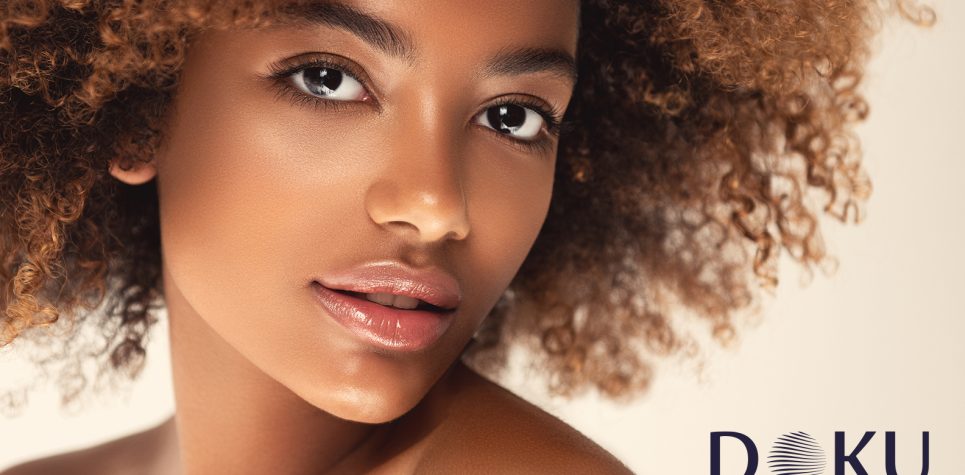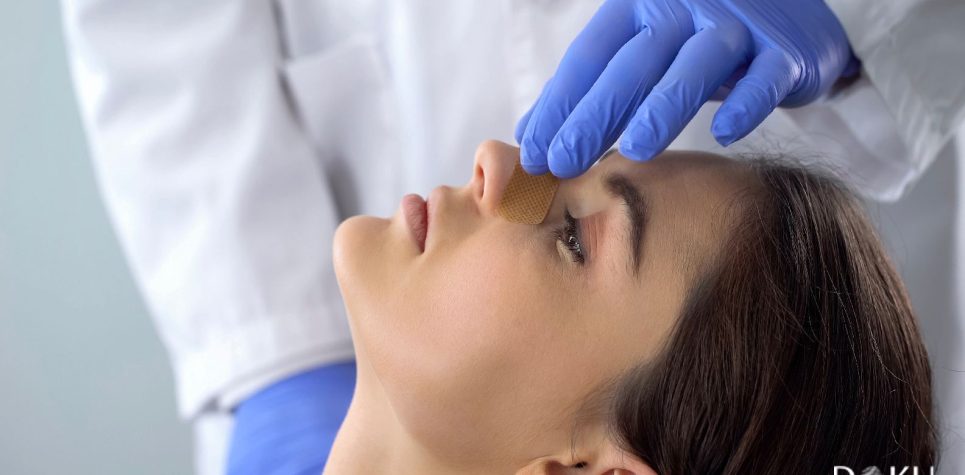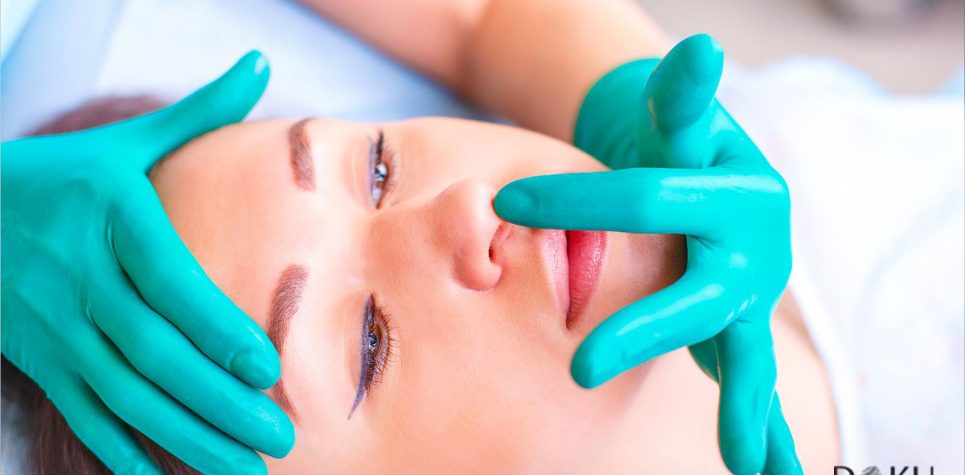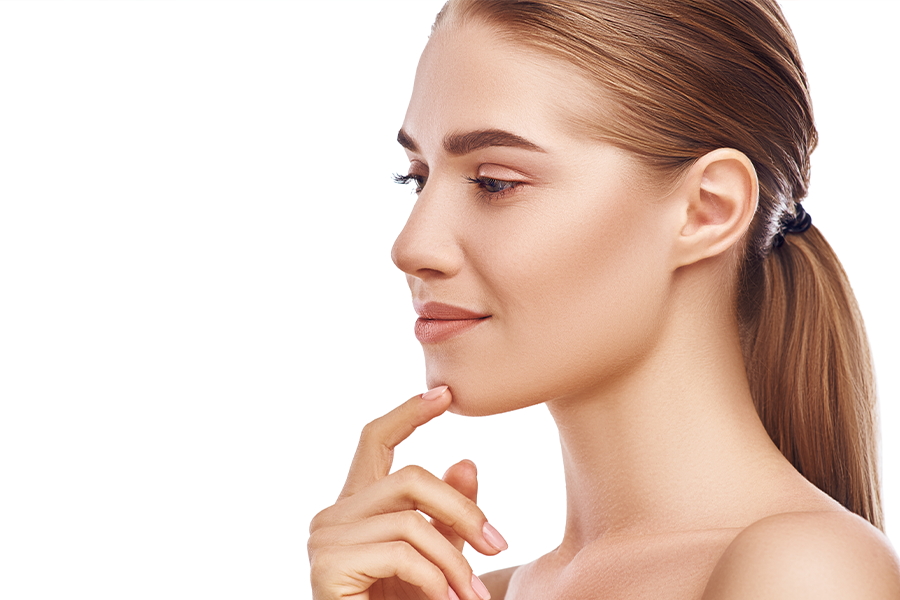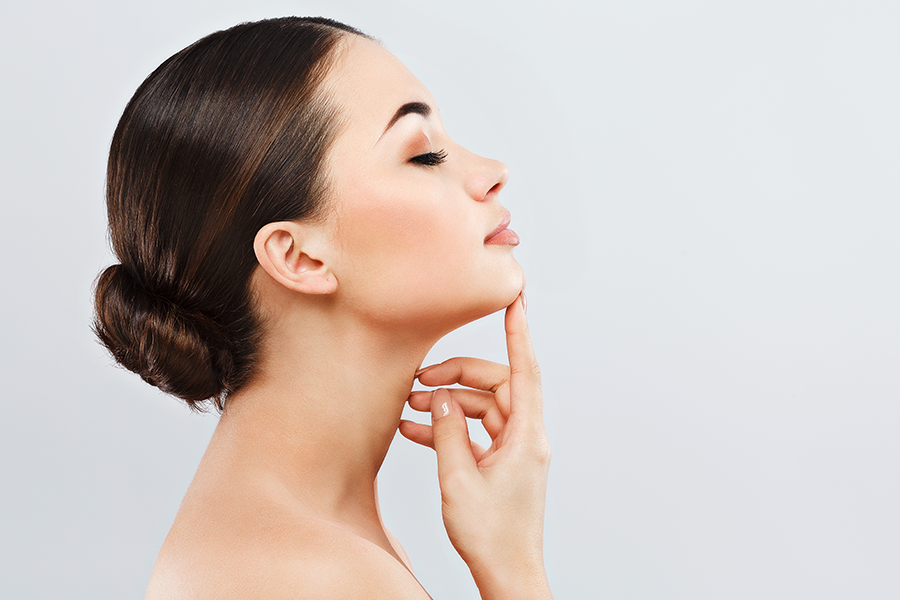Rhinoplasty








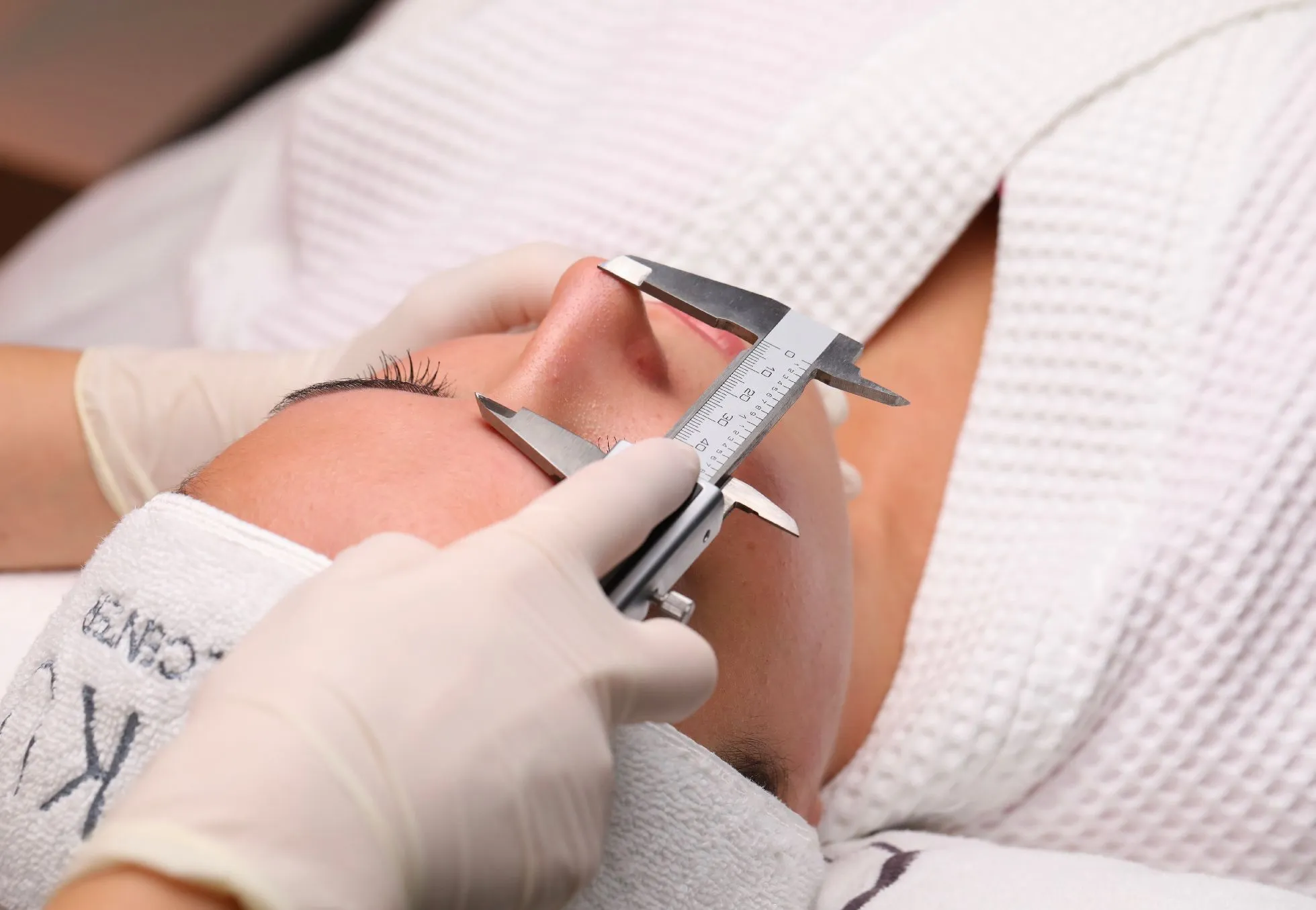
What is Rhinoplasty?
Rhinoplasty in Turkey is a cosmetic surgical operation performed to eliminate nasal health issues or reshape the nose. Rhinoplasty can address various physical nasal problems.
While cosmetic reasons such as a drooping nasal tip or a humped nasal structure are common causes for rhinoplasty, congenital or acquired medical conditions can also lead to breathing difficulties.
Why is Rhinoplasty Performed?
Rhinoplasty for Aesthetic Purposes
Nasal aesthetics can address issues such as correcting the nasal hump, narrowing or reshaping the nasal tip, lifting a drooping nasal tip, correcting internal and external nasal curvature, adjusting the width of the nostrils, correcting asymmetry, and refining the width and asymmetry of the nasal base.
Rhinoplasty for Medical Reasons
Rhinoplasty surgery is often preferred for structural breathing difficulties, birth defects, nasal injuries, or damage caused by cancer or infections. Breathing issues related to nasal airways may occur. In such cases, surgical applications involve reconstructing the nose, although most rhinoplasty operations are categorized as cosmetic surgeries.
How is a Nose Surgery Performed?
Rhinoplasty operations differ based on racial and regional characteristics. There are also structural differences between men and women, which should be considered during rhinoplasty procedures.
Although nose surgery is primarily performed for cosmetic reasons, a plastic surgeon evaluates the patient’s suitability during a consultation.
During the pre-surgery consultation, the plastic surgeon examines the nasal structure. At this stage, it is crucial to clearly articulate the issues causing discomfort.
Photos taken with the Vectra device are modeled in 3D during the consultation. This model is vital for the surgeon to demonstrate the procedure. Before surgery, it allows visualization of the post-surgery side profile or symmetry, accurate analysis of the issue, and achievement of the desired results.
Various techniques are used in rhinoplasty surgeries. Steps are followed to determine the appropriate method, with surgeries performed under general anesthesia.
What are the Rhinoplasty Techniques?
- Open Rhinoplasty
- Closed Rhinoplasty
- Septorhinoplasty
- Preservation Rhinoplasty
- Revision (Secondary) Rhinoplasty
- Ethnic Rhinoplasty
- Nasal Tip Rhinoplasty
- Preservation Rhinoplasty
What is Preservation Rhinoplasty?
Preservation rhinoplasty refers to rhinoplasty procedures that preserve the nasal bridge or nasal bone. The goal is to solve nasal issues while maintaining the nose’s natural structure.
The upper part of the natural nasal bridge, including the bone and cartilage structure, is not broken. Instead, small incisions are made beneath the existing bone and cartilage to remove excess tissue, thus straightening the nasal hump.
Since tissue integrity is not disrupted in preservation rhinoplasty, the healing process is faster. This intact tissue integrity also ensures no changes occur at the nasal tip, maintaining its muscular structure.
While the primary focus of preservation rhinoplasty is to correct the nasal hump, the airway channels are also opened, improving breathing.
How much cost a rhinoplasty in Turkey?
Special in Turkey, the cost of the rhinoplasty or more commonly known as the ‘nose job’ may fluctuate depending on some parameters such as the clinic you have chosen to undergo the surgery, the experience of the surgeon, the complexity level of the surgery, and whether any additional service is provided. In Turkey the cost of rhinoplasty ranges between 2,500 to 6,000 euros.
We still need to mention that these numbers are approximations, and the price in clinics might differ. It may contain consultation before the surgery, the surgery itself, recovery period, the medication, check ups, and follow up appointment in the offers of some clinics about all-inclusive offers. For these services, other people may charge individually.
A decision on rhinoplasty should also consider other factors that are; the level of care, safety measures and the general experience of the medical team undertaking the surgery.
Is Turkey good for nose jobs?
In a way or the other, for a number of reasons Turkey is considered as the most preferred country to opt for Rhinoplasty, also called as nose job. They anticipate that the medical requirements, proficient surgeons and reasonably expensive costs compared to many other countries of the world can be met here. There are many clinics and hospitals specialized in aesthetics surgeries like rhinoplasty in Turkey with great many numbers of foreign travelers.
The business of tourism in the field of medicine is already large in Turkey and there are many clinics and hospitals in the country and each of these clinics is equipped with modern facilities and the qualified surgeons. Turkish plastic surgeons are experienced in the performance of rhinoplasty and t may be said that they are among the best in this specialty. A significant number of surgeons in Turkey have been trained in both national and international scenes, which means that they incorporate different learning and practice paradigms to their practice.
Therefore, planning for a rhinoplasty turkey or any medical procedure in the world, it is advisable to carry out a research and select a good clinic, and doctor. Guaranteeing good outcome of your rhinoplasty involves other things such as reading through the reviews of past clients, confirming the qualification of the doctor, and relating with the medical staff in detail.
How much does nose surgery cost in Istanbul?
Depending on factors such as the clinic where the surgery will be performed, the surgeon’s training and experience; complexity of the surgery; and whether it involves additional procedures. Rhinoplasty surgeries vary in Istanbul.
However, what we need to bear in mind is that these are approximate numbers, and particular clinics can cost differently. A number of clinics may have an all-inclusive pricing model for the consultation before the surgery, the surgery itself, the aftercare and follow-up, the medications and the follow-up appointments, if any. As for such services, others may charge extra.
In case of planning for nose surgery in Istanbul, one should aim to look for the difference between two clinics and research the previous clients’ feedbacks, and talk to the surgeons in detail to understand the precise structures of the costs, and what they include and the services provided. First and foremost, pay attention to the ranking of the surgeon, his experience, the quality of the clinic, and outcomes achieved by the specialist in the frame of completed operations to perform rhinoplasty.
It is wiser to choose the surgery wisely without putting much emphasis on the price factor but look for factors such as surgeon, clinic reputation, level of care as well as the experiences of the medical team involved.
How much is rhinoplasty in USA vs Turkey?
Thus, the price of rhinoplasty might be much different if you compare the US and Turkey options. It has to be made clear that basically, there are higher costs of rhinoplasty in the United States than in Turkey.
A rhinoplasty cost in the United States from $5,000 to $15,000 or more depending fore surgeon experience and skill, treatment required, location of clinic, and additional services which are included.
Alternatively, it is noteworthy that the rates for rhinoplasty are significantly lower in Turkey than they are in such countries as the USA. euro-Rhinoplasty can thus be credited for as little as 2,500 euros, and for as many as 6,000 euros in Turkey, as mentioned above. However, it is also important to always know that particular prices can still vary with some of the factors such as clinic’s rankings, the experience of the surgeon to be hired or the additional services to be provided within the package being sought.
How is Preservation Rhinoplasty Carried Out?
During the pre-operative consultation, the nasal structure is examined by the plastic surgeon. At this point, it is very important to clearly express the complaints. During the consultation process, the photographs taken with the Vectra device are modeled in 3D.
This model is important for the doctor to demonstrate the procedure that will be performed. It provides the opportunity to visualize the post-operative profile or symmetry before the operation, and to analyze the problem correctly and yield the correct results.
In these open or closed surgeries, corrections are carried out on the tissue, cartilage and bones. The technique that will be used in the operation depends on the nasal structure of the person. The nasal arch, hump, and crookedness in the bone/cartilage are surgically corrected.
Who Can Get Preservation Rhinoplasty?
- For those with a drooping nose shape
- Those who have a thick nasal structure
- Those who have a bifid or crooked nasal tip
- Those with an arched nose
- Septorhinoplasty
What is Septorhinoplasty?
Septorhinoplasty, which is among the cosmetic nose surgeries, is the name given to the operation performed mainly to change the external shape and size of the nose.
If the septum, the wall between the two nostrils, is deviated or bent, it may not be pleasing to individuals in terms of both health and the cosmetic appearance. Septorhinoplasty operation is performed to help and correct breathing, and remove bone deviations and protrusions.
How is Septorhinoplasty Carried Out?
During the pre-operative consultation, the nasal structure is examined by the plastic surgeon. At this point, it is very important to clearly express the complaints. During the consultation process, the photographs taken with the Vectra device are modeled in 3D.
This model is important for the doctor to demonstrate the procedure that will be performed. It provides the opportunity to visualize the post-operative profile or symmetry before the operation, and to analyze the problem correctly and yield the correct results.
Septorhinoplasty is a 2 to 4 hour operation performed under general anesthesia. In these closed or open operations corrections are carried out on the tissue, cartilage and bones.
The technique that will be used in the operation depends on the nasal structure of the person. In cartilage and bone revision, deficient or excess tissues are corrected by surgically working between the nasal skin and the cartilage-bone skeleton. Then, the desired shape is obtained by reshaping the bone and cartilage with various surgical procedures.
Who Can Get Septorhinoplasty?
Septorhinoplasty, which can also be performed for cosmetic purposes, is mostly applied to people who have respiratory problems. The most common respiratory problems are:
- Dry mouth due to nasal crookedness
- Noisy breathing
- Snoring
- Fatigue due to breathing problems
- Acute post-nasal drip
- Frequent sneezing and runny nose
- What Are the Purposes of Septorhinoplasty?
- Treating respiratory problems
- Ensuring proper breathing through the nose instead of the mouth
- Correcting inverted or everted nose tips
- Reshaping the cartilage
- Correcting the bridge of the nose
- Fixing fractures/cracks in the nasal bone or cartilage
- Revision Rhinoplasty
If you couldn’t obtain the best results with the first Rhinoplasty operation, all you need is a Revision Rhinoplasty.
What Is Revision Rhinoplasty?
Revision rhinoplasty, also known as secondary rhinoplasty or second rhinoplasty, is performed when satisfactory results could not be obtained from the previous rhinoplasty and to correct the mistakes made in the previous rhinoplasty operation.
The aim is to restore the normal nasal structure to facilitate the air flow through the nose. Therefore, this operation is directly related to the shape and function of the nose. Thus, improving nasal functions with revision rhinoplasty allows breathing easier after the procedure. As this operation aims to correct previous operations, it may be more complex than a regular rhinoplasty operation.
How Is Revision Rhinoplasty Carried Out?
During the pre-operative consultation, the nasal structure is examined by the plastic surgeon and information is obtained about the operation that the patient has previously undergone.
At this point, it is very important to clearly express the complaints. During the consultation process, the photographs taken with the Vectra device are modeled in 3D. This model is important for the doctor to demonstrate the procedure that will be performed. It provides the opportunity to visualize the post-operative profile or symmetry before the operation, and to analyze the problem correctly and yield the correct results.
Revision rhinoplasty is a 2 to 4 hour operation performed under general anesthesia. In these closed rhinoplasty or open rhinoplasty operations revisions are carried out on the tissue, cartilage and bones. The technique that will be used in the operation depends on the nasal structure of the person.
In cartilage and bone revision, deficient or excess tissues are corrected by surgically working between the nasal skin and the cartilage-bone skeleton.
Then, the desired shape is obtained by reshaping the bone and cartilage with various surgical procedures. Some additional procedures may be required in revision rhinoplasty. These may include removal of cartilage or bone, removal of subcutaneous dermis tissue, or injection of adipose tissue.
Who Can Get Revision Rhinoplasty?
Revision rhinoplasty may be suitable for those who have one or more of the following problems in their nose:
- An excessively narrowed and pinched nasal tip,
- Defects and asymmetry in the nostrils,
- Creases on the nasal wings,
- A curved nose tip,
- A crooked nose,
- Disproportion in the length of the nose,
- Narrowing of the nasal bridge,
- Difficulty in breathing,
- The hump that reappears on the dorsum of the nose,
- A collapsed or excessively carved appearance of the nose after surgery,
- Dissatisfaction with previous rhinoplasty results.
When Can Revision Rhinoplasty Be Carried Out?
Revision rhinoplasty can be carried out at least one year after the first rhinoplasty operation, because the recovery and improvement process of the nose continues for one year after the operation.
Will the Revision Rhinoplasty Leave A Scar?
In revision rhinoplasty, closed surgical techniques are generally used and as the incisions are made on the inside of the nose, no scar is visible from the outside. If the person needs open rhinoplasty, there will be a scar between the nostrils that is not very noticeable.
Tip Rhinoplasty (Nasal Tip Aesthetics)
What Is Nasal Tip Rhinoplasty?
Tip rhinoplasty, better known as nasal tip cosmetic surgery, describes the operation performed on the tip of the nose only. This operation focuses on transforming the tip of the nose and allows to increase or decrease the angle between the base of the nasal tip and the highest point of the nasal tip.
While other cosmetic surgeries of the nose focus on reshaping the nasal bone, nasal tip rhinoplasty focuses on the tip of the nose and does not involve any interventions to the bones.
The thin end of the nasal cartilage can cause your nose to appear droopy, or the thick skin or cartilage at the tip of your nose; can cause the tip of the nose to appear round and misshapen.
The goal of nasal tip rhinoplasty is to harmonize the shape of the tip of the nose with the dorsum and other parts of the nose and to keep the nose in balance with the face. To achieve this balance, the cartilage can be reshaped, repositioned or partially removed.
How Is Nasal Tip Rhinoplasty Carried Out?
Rhinoplasty has racial and regional differences. There are also structural differences between men and women, and this should be taken into account in tip rhinoplasty operations also.
Although the tip rhinoplasty operation is mostly applied for cosmetic reasons, the person is assessed in terms of suitability for this operation by the plastic surgeon during the consultation.
Different methods can be preferred in tip rhinoplasty operations, just as in rhinoplasty operations. The operation can be completed as an open or closed surgery. In operations performed under general anesthesia, steps for the appropriate method are followed.
Depending on the person’s nose structure and the desired appearance, this problem can also be solved with nasal fillers without the need for surgery.
What Are the Purposes of Tip Rhinoplasty?
- Decreasing or increasing the size of the tip of the nose,
- Increasing or decreasing the angle of the nasal tip,
- Reshaping the nasal tip cartilages,
- Increasing or decreasing the thickness of the soft tissue at the tip of the nose,
- Reshaping the nose wings,
- Reduction of the nostrils.
What Are the Risks of Rhinoplasty?
As in all surgical operations, risks may occur in rhinoplasty due to bleeding, infection or anesthesia. Moreover;
Excessive nose bleeding may occur,
- An infection may occur which may require antibiotic treatment or another surgery,
- There may be severe and persistent pain,
- There may be permanent numbness around the nose,
- There may be a decrease in the sense of smell (occurs in rare cases),
- Thick and abnormal scars may appear,
- Shortness of breath may occur due to narrowing of the airways,
- Swelling around the tip and sides of the nose may persist for a long time.
- Shape irregularities in the nose may occur after surgery.
- After surgery, the person may be dissatisfied with their new appearance and may require a second operation.
What Precautions Should Be Taken After Rhinoplasty Surgery?
Post-Rhinoplasty Procedure
- Ice application should be done for the first two days.
- The nose should be protected from physical impacts for one month.
- Asymmetry in the nostrils may be seen for up to 6-8 weeks after surgery. After complete healing, 90-95% nostril symmetry is expected.
- It is normal to experience mild bleeding in the form of oozing or dripping after surgery. However, in cases of severe and continuous bleeding, you should consult your doctor. Your nose may occasionally become congested after surgery, and this may last for 6-8 weeks.
Possible Critical Situations After Rhinoplasty Surgery
Swelling: Bruising may take 10 to 14 days to subside. Swelling and edema reduce and disappear after one month.
Stitches: Absorbable stitches that do not require removal are used.
Showering: Hair can be washed without wetting the face in the first few days after surgery.
Wearing Glasses: Lightweight glasses can be worn one month after surgery.
Heavy-framed glasses can be used 6-7 weeks after surgery.
Returning to Exercise and Physical Activity: Gradual resumption of the exercise routine practiced before surgery is recommended:
- One week after surgery, 25% of your previous exercise routine and intensity,
- Two weeks after surgery, 50% of your previous exercise routine and intensity,
- Three weeks after surgery, 75% of your previous exercise routine and intensity can be performed without any harm,
- After four weeks, you can continue your exercise routine at its original order and intensity.
Sexual Activity: Sexual activity is not recommended in the first four weeks after surgery.
Alcohol Consumption: Alcohol should not be consumed for two weeks after surgery.
Results: 80% recovery is achieved by the end of the first month. Complete recovery is expected within 6 to 12 months.



